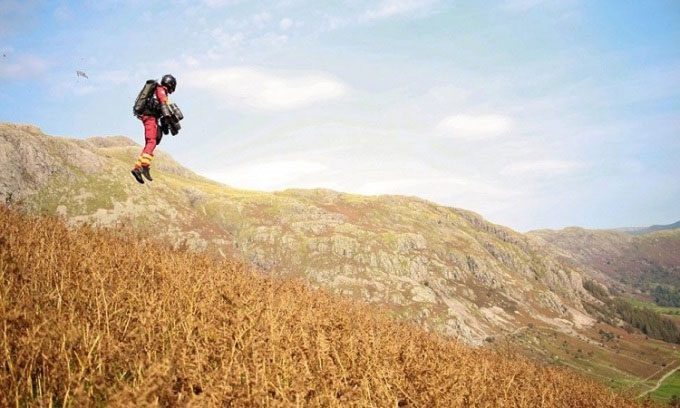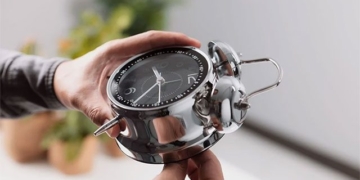Paramedics in Lake District hope to use a jet suit for emergency rescues this summer.

The jet suit is highly suitable for rescue operations in rugged terrain. (Photo: GNAA)
A member of the Great North Air Ambulance (GNAA) has completed training to use the jet suit, with two other staff members scheduled to begin training shortly thereafter. Once proficient, paramedics will be able to fly to the site needing assistance in 90 seconds, rather than taking 30 minutes to walk. This marks the first time in the world that a jet suit will be utilized in emergency medical services.
The jet suit, manufactured by Gravity Industries, began testing in September 2020 but had to pause due to Covid-19 and challenges in securing sponsorship. The jet suit features two mini engines on each arm and one on the back, allowing the pilot to control movement with their hands. It can generate a thrust of 144 kg, facilitating takeoff and saving travel time by flying close to the ground.
Andy Mawson, the operations director of GNAA, has completed the training. Currently, GNAA helicopters take 25 to 30 minutes to reach patients in the Lake District, as staff search for a flat area to land. GNAA collaborates closely with mountain rescue teams and believes a significant advantage of the jet suit is its ability to operate in low visibility and high winds, conditions that pose challenges for helicopters.
The jet suit operates effectively in winds of up to 56 km/h, according to GNAA data, and can be deployed for 15 to 20 emergency cases per week. Paramedics need to fly with a toolkit weighing 10 to 15 kg, which includes a defibrillator and monitoring equipment worn on the legs and chest of the pilot.
“This is a machine that is worn on the body, and you need to find the balance point. We feel a lot of pressure to use the jet suit, but the practical goal is to reach patients in need of emergency medical care,” Mawson shared.



















































